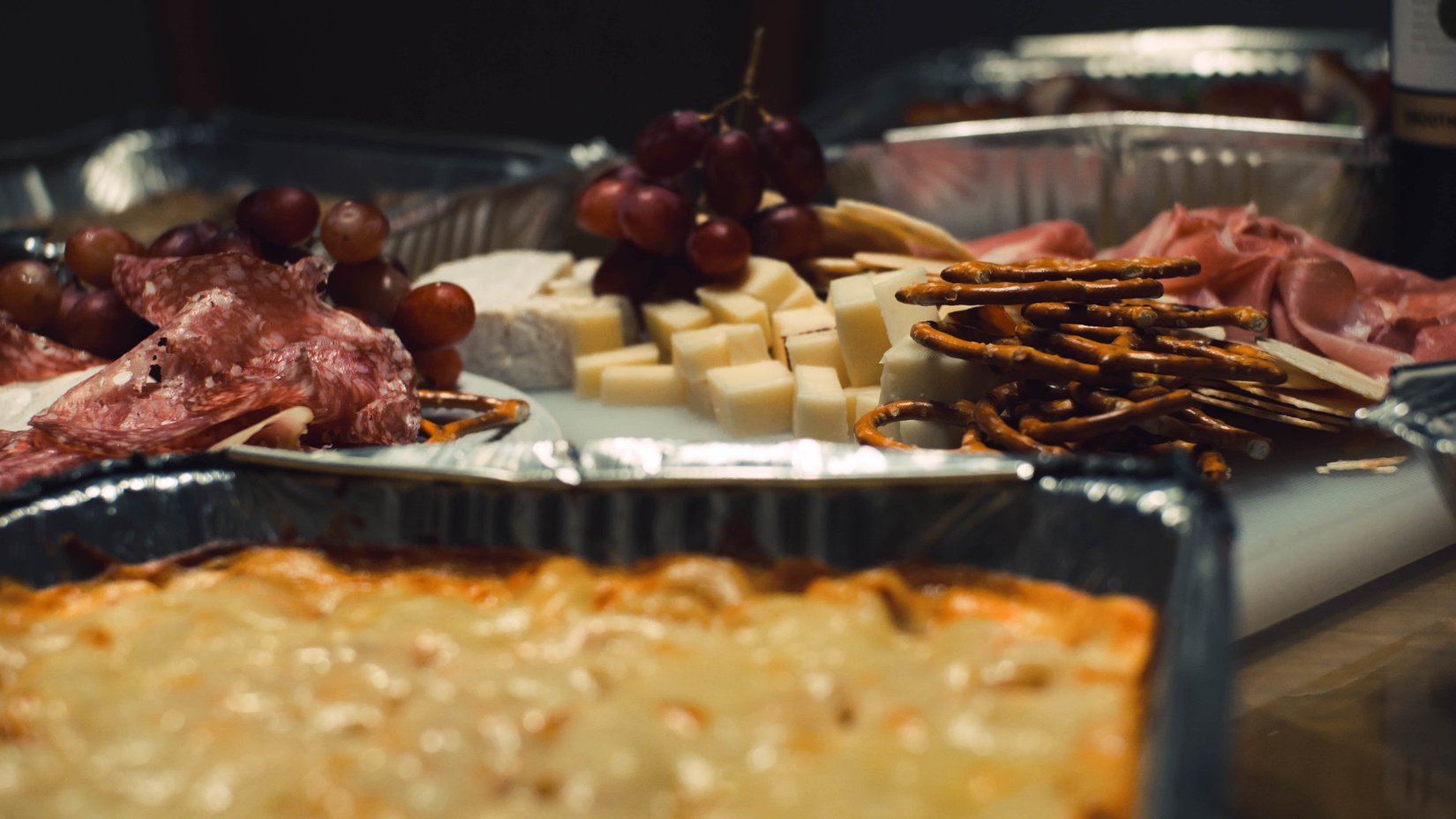For many people, the winter holidays are strongly associated with traditional meals. Foods that are considered lucky to eat on New Year’s Eve or Day vary from one region and culture to the next. If you’re a bit superstitious and looking for a way to ring in the New Year’s on a lucky note, consider choosing a meal or snack from the following list. Southern U.S. In the Southern U.S. on New Year’s Day, many families traditionally eat a meal of greens, black-eyed peas, and cornbread, sometimes served with pork. The greens are supposed to be lucky because they represent dollars. The peas represent pennies and the cornbread represents gold. Pork is also considered lucky because pigs root with the snouts moving forward, which is thought to represent forward progress. In contrast, chickens scratch backward and are thought to be unlucky. Spain and Mexico In both Spain and Mexico, grapes are thought to symbolize good luck. Traditionally, people are supposed to consume 12 grapes at midnight. Specifically, one grape should be consumed each time the clock strikes one hour at midnight. If feeding yourself 12 grapes in rapid succession doesn’t appeal to you, consider making a side dish of balsamic roasted grapes. Or, if you’re at least 21 years old, raise a glass of wine to toast the New Year. Greece Greece also has a traditional food for New Year’s Eve. However, it’s not eaten. Greeks will traditionally hang a pomegranate above the door throughout the Christmas season. At midnight on New Year’s Eve, the pomegranate is hurled to the floor or at the door. The goal is to smash it wide open and spill out as many seeds as possible. The more seeds that spill out, the luckier it’s thought to be. Looking for fresh ingredients to make your New Year’s meal? Head over to a family-owned and operated grocery store—Villa's Market – Nogales. You can inquire about their hours or inventory by calling their location in Nogales, AZ at (520) 281-9717.

This content has been submitted by authors outside of this publisher and is not its editorial product. It could contain opinions, facts, and points of view that have not been reviewed or accepted by the publisher.

